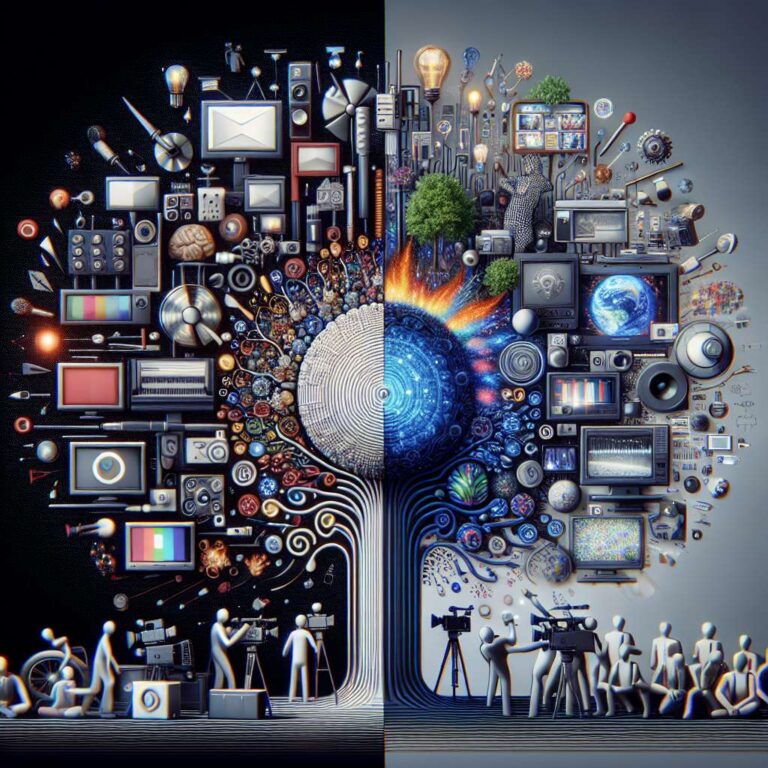Google’s Veo 3 is presented as a major step forward in Artificial Intelligence driven video generation, producing ultrarealistic clips complete with synchronized dialogue, sound effects, and music from simple text prompts. The article highlights its precision in lighting, shadows, and movement, along with smart scene editing and real-time rendering that reduce production costs and timelines. By packaging these capabilities in a subscription model, the tool aims to democratize professional-grade video creation for artists, creators, and small teams.
That accessibility also underpins the core concern: misuse and media deception. The piece cites demonstrations showing how easily lifelike fake reports can be created, including a fabricated wildfire news segment and an exercise by a clinical instructor at Harvard Law School’s Cyberlaw Clinic that simulated the death of a public figure. Experts worry that as distinctions between authentic and synthetic visuals fade, trust in video evidence used in journalism and law enforcement will erode. The article argues this risk is amplified by how readily such tools can be adopted, making it easier for malicious actors to spread misinformation and deepfakes.
The report notes that Google has usage policies and certain guardrails, including restrictions on generating content about specific public figures. However, it emphasizes that enforcement largely relies on user compliance, and that bad actors could sidestep limits using other tools. The authors call for stronger, proactive governance frameworks, including transparency measures like labeling Artificial Intelligence generated media and international cooperation to counter organized disinformation. They warn that a reactive approach will not be sufficient given the speed and realism of content creation now possible.
Beyond immediate integrity concerns, the article outlines broader societal and economic impacts. It raises the specter of “Artificial Intelligence slop,” where an influx of low quality generated media dilutes the value of authentic work and fuels public skepticism. In politics, the tool’s realism could influence electoral discourse and public opinion, challenging legal systems and watchdogs to keep pace. Economically, Veo 3 could streamline legitimate production and help smaller creators, but also pressure jobs, heighten verification costs, and increase the burden on fact-checkers across news, entertainment, and online platforms. The authors conclude that new standards and regulations are needed to preserve trust while allowing innovation to continue.

